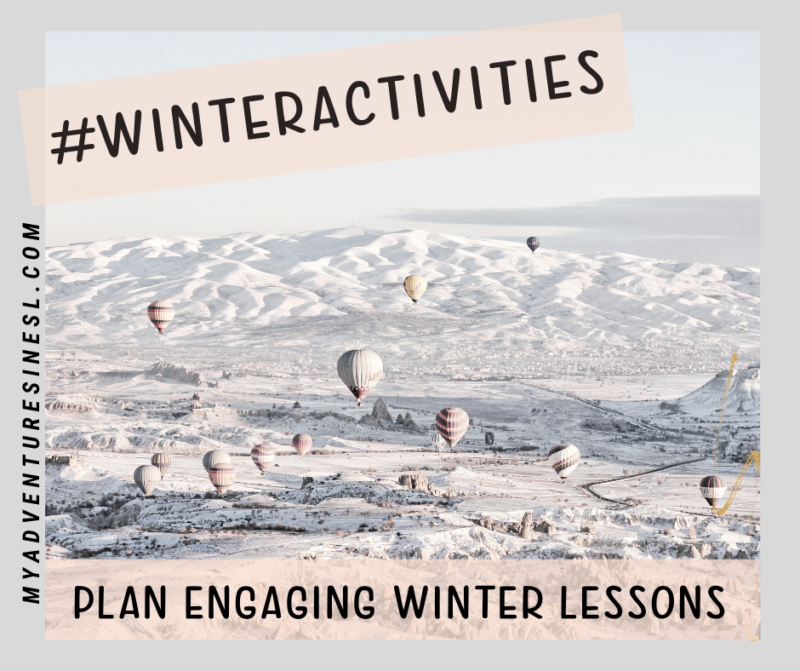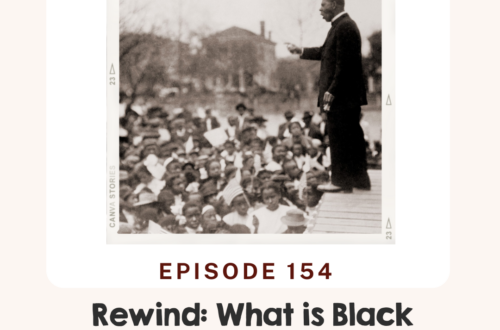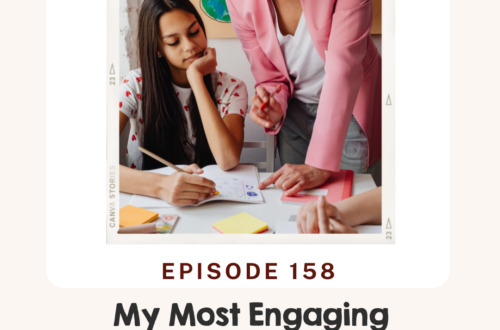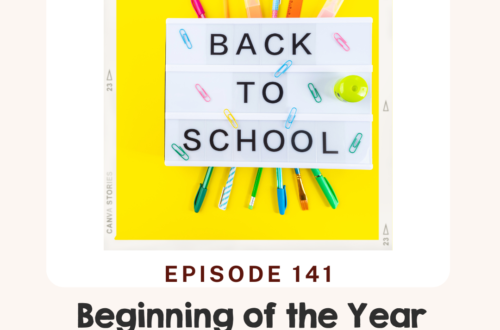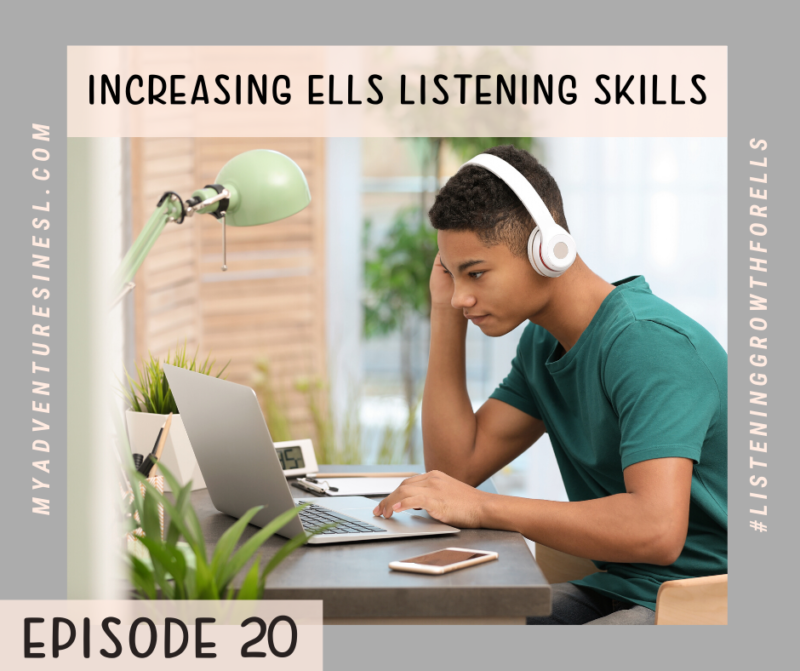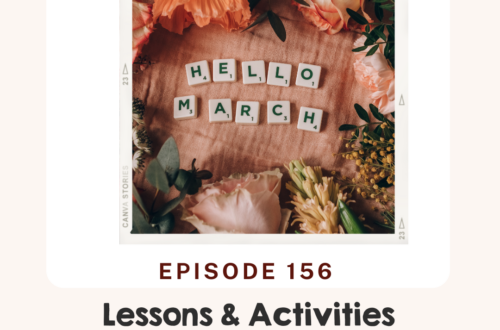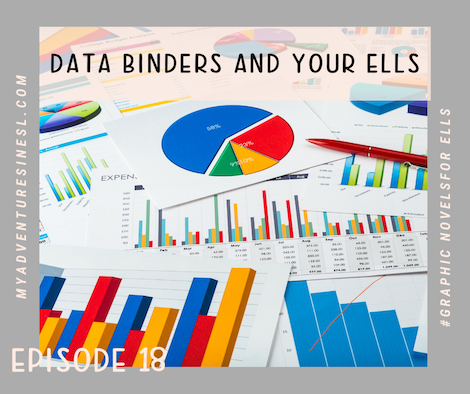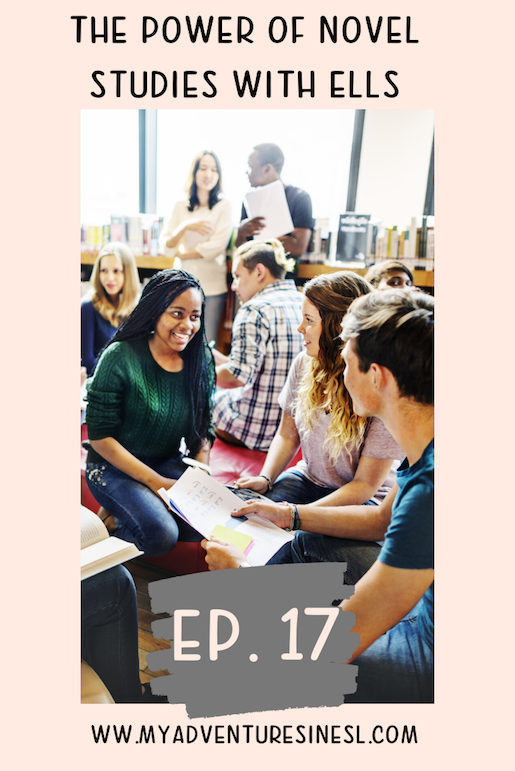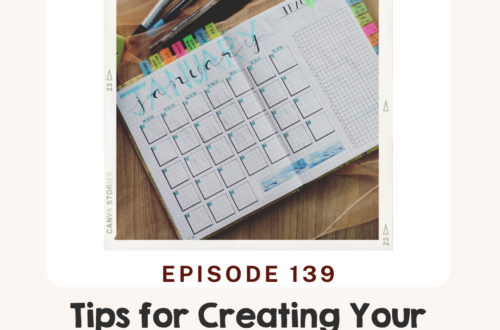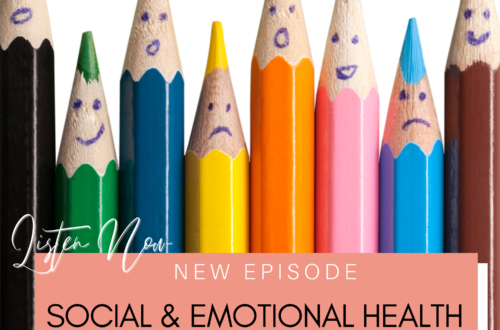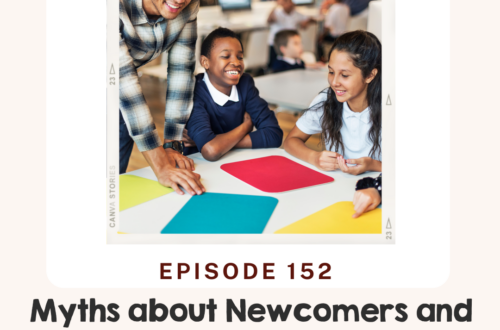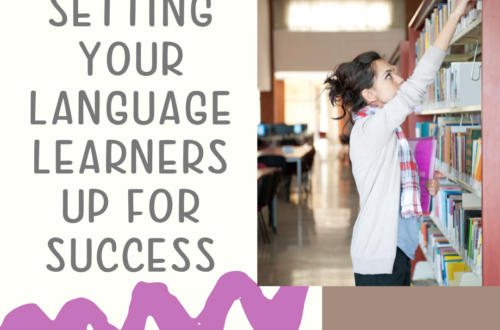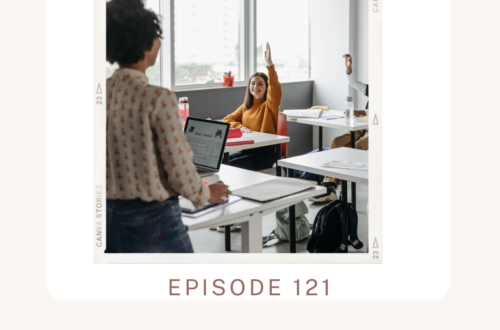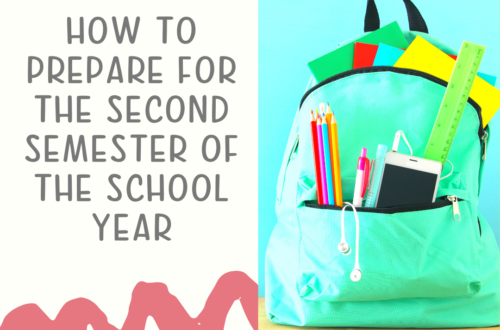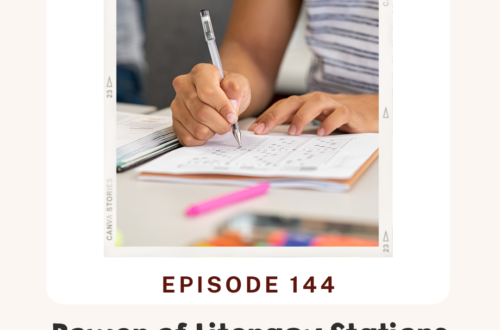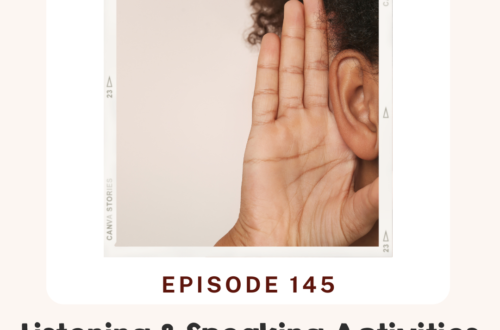-
Plan Engaging Winter Lessons
Hey teachers! I hope you had an amazing holiday, and I am so excited that you are here this evening. In today’s blog I will be providing you some ideas for some winter lesson activities that you can use for your ELLs. It’s that’s time of the year and you might be planning for your second semester, and have no idea of what you plan to teach. This can lead to frustration and cause a planning mental block. At the beginning of the second semester, I take time and plan for the new year. Last year as I was planning….I got stuck! I had a mental block and couldn’t come…
-
Increasing ELLs Listening Skills
Has there ever been the situation where you have had to repeat yourself over and over again for your ELLs? There have been times when I have been like “I know have said this 5.5 times, and they still are not listening and understanding. If this is you, my fellow teachers you might have a problem in your students listening comprehension. This can affect the students comprehension skills and assignments if they are struggling in this language domain. I always thought the listening domain was the easiest for students to achieve high scores and success. I mean all it is students listening and following directions. This is where my thought…
-
Writing Strategies for your ELLs
Hey everyone! I am so happy you stopped by today to learn some writing strategies to support your ELLs in writing. A lot of us ESL teachers want to regularly assess our ELLs in Writing however sometimes we get stuck on how to monitor the students progress. It can also be overwhelming to find the supports the students need to be successful. There is also a component where we need to be consistent with when and how were are implementing speaking and writing assessments. A few years ago I was providing my students a writing assessment. I had an eye-opening moment. I noticed the students were stuck and confused about…
-
ELLs and Data Binders
First I want to thank you so much for stopping by to learn how you can implement data binders with your ELLs.. There is so much data thrown at us as teachers. There are instances when we as teachers can feel as if we are doing an assessment a week. One struggle is presenting this data to our students, so they can break it down to hone in on their strengths and areas of growth. Three years ago I was so frustrated with how much we were testing. I felt as if every three weeks I was adjusting my schedule to accommodate the testing schedule. Furthermore the students were asking…
-
The Power of Novel Studies
So many new ESL teachers ask what do I teach my ELLs. I always answer with the same curriculum you would teach any student. You simply add the scaffolds and differentiate for your student needs. Now if you are still stuck novel studies are a great way to make planning out your curriculum easier. The current curriculum that is implemented at my school is centered around novel studies. I’ll be the first to admit it makes planning so much easier for ELLs. I can add visuals, videos, graphic novels, non-fiction text and so much more to supplement the novel. PLUS there is usually tons of free materials out there to…
-
The Power of Field Trips and ELLs
If you haven’t planned a field trip before…brace yourself. In most cases there is a lot of red tape that goes along with planning a field trip. There have been moments when I have been planning trips and thought this is A LOT of work! I am not saying that to scare you, but I want you to know that it is was worth every permission slip gone missing, every student who paid at the last minute, every piece of paperwork I had to submit. To help with the process I have included a ESL Teacher Field Trip Checklist that will help with your planning. The link to the guide…
-
3 Ways to Save Time Preparing for your ELLs
I truly understand how preparing for your class can take so much time. That is why I want to share with you some strategies that you can use to save time in your planning and prep. It is easy to get lost in the details, so use these tips and strategies to guide you. Implement Novel Studies in your Lessons Novel studies allow you as a teacher to introduce so many topics. You can have non-fiction articles to build background knowledge. There is also the opportunity to incorporate projects and other engaging activities for your ELLs. Novel studies also have tons of supporting materials already made for the book. You…
-
Beginning of the Class Routines every ESL Teacher Should Use
Some teachers may think that the routines that you have at the beginning of your classroom are not important. I am here to tell you that they are having beginning of the classroom routines sets the tone for your day. By having routines you will have a calmness to your room because the students are not confused about what to do next. You can spend more time on teaching versus giving directions on what to do. Having routines also allows you as a teacher to do any administrative duties that you need to do. Beginning of the classroom routines creates independence with your students. I am going to share my…
-
Supporting ELLs in Math
Something magical happened at my school three years ago that opened my eyes to one of the true needs of English Language Learners. Our school piloted a program that was completely unheard of in our school district. I had the honor of being a part of this life changing experience. We took part in the first newcomer program. During the day 50 newcomers in grades 6-8 we a part of sheltered instruction. In our school setting, newcomers had a science, social studies, and an ESL class from an ESL teacher. Math was taught to by grade level math teachers, who had an interest and desire of supporting English Language Learners.…
-
Supporting ELLs in Social Studies
Social Studies was always one of my favorite subjects. I loved hearing and learning the history of others. However social studies can present a challenge to many of our English Language Learners. I think it is the perfect connection to English Language Arts, and to extend some of those same strategies in Social Studies. Take time to build background knowledge Social Studies requires a lot of background knowledge for English Language Learners. It is key that you take time to build background knowledge about the topics that they will be encountering. For example, if students are learning about the Civil Rights Movement in the United States, you would want to…
